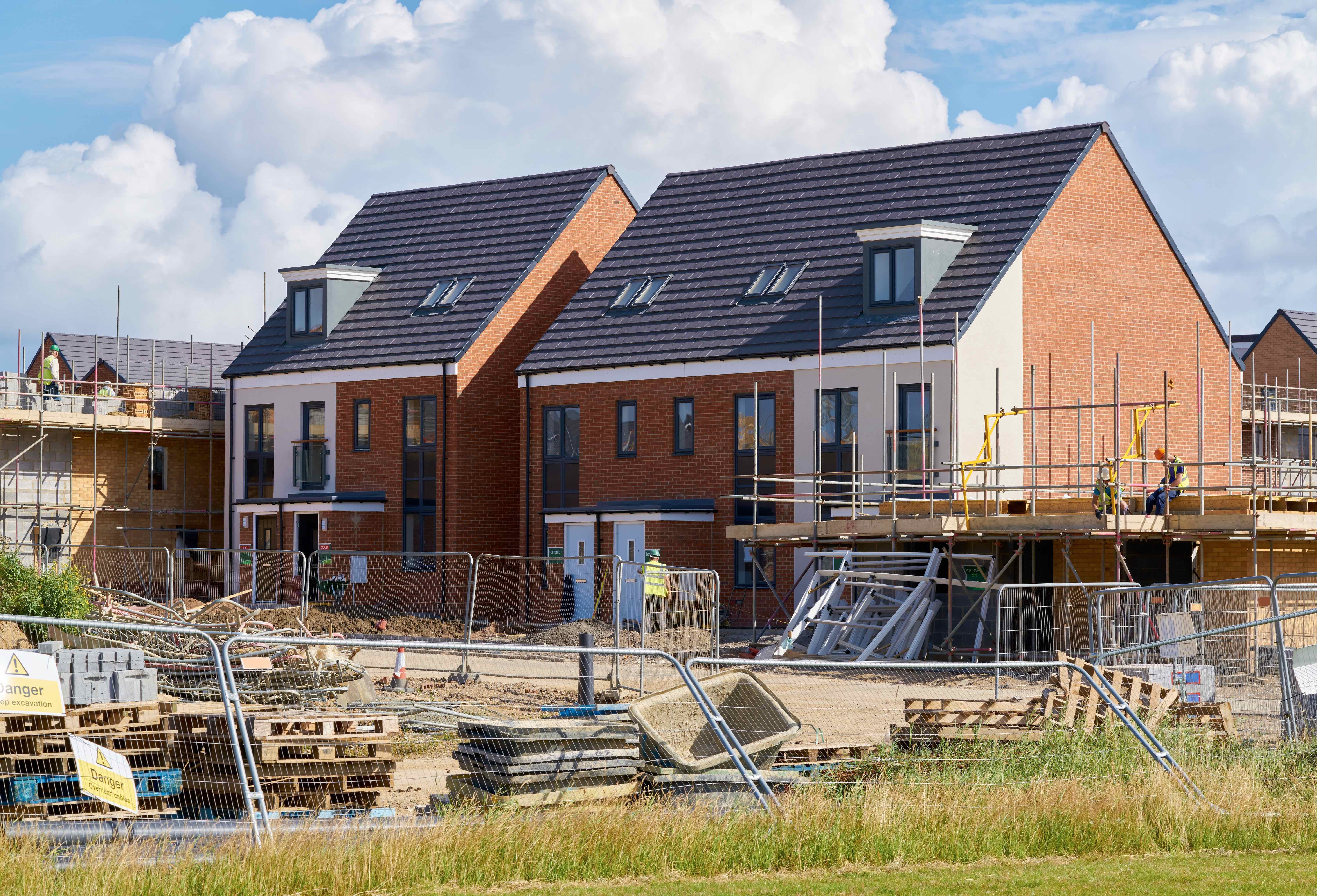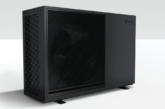
Elmhurst Energy’s Technical Director, Stuart Fairlie, looks at some of the most common areas where residential buildings face challenges when complying with new-build energy regulations.
The energy costs of new dwellings are now seen as one of the most important considerations by purchasers. Coupled with ever increasing standards to reduce CO2 emissions and improve building fabric standards on new-builds, the ability to achieve regulation compliance can be a complicated process. Here are the most common areas where challenges are faced:
- Air Pressure Testing – One of the most crucial elements to compliance, this test determines how much air leakage is present in the building envelope, and can determine how the building can be better sealed and made airtight. The lower the air test score, the better the overall rating for the energy calculation.
- Mechanical Ventilation Systems – Whilst having a low air pressure test score shows a very airtight dwelling, this can cause problems for natural ventilation within the building and in most of these cases it would be recommended to install a mechanical ventilation system. Efficient mechanical ventilation would largely help the building comply with building regulations where there is insufficient natural ventilation.
- Poor Construction U-values – Getting the right U-values for all thermal elements is another important factor for reaching Part L compliance. In the past, it was possible to have poor U-values compensated with a highly efficient heating system or renewable technologies. This is a thing of the past and the focus in the current Part L1A Building Regulations is now on ‘Fabric Energy Efficiency’. It’s therefore important to achieve good U-values with the products specified.
- Heating Systems – A natural gas system still appears to be the preferred choice for many housebuilders with some form of heat pump as an alternative option, which normally meets criteria. Oil and LPG fuelled systems are still adopted by many off gas grid properties. However, it is much more difficult to gain compliance with these fuel types as they are penalised by regulations. In many scenarios, renewable technologies such as solar panels or photovoltaic panels are also implemented alongside oil or LPG fuelled dwellings to help achieve compliance. How you choose to heat the dwelling has one of, if not the biggest bearing on whether you will pass or fail building regulations.
- Thermal Bridging – Often overlooked, linear thermal bridging can offer significant gains with regards to achieving compliance. In some circumstances the heat lost through junctions between building elements has been shown to account for up to 25% of total heat loss from a dwelling. The amount of heat lost through a junction between elements is known as a psi value. The lower the psi value, the less heat lost through the junction.
As a starting point, adopting DCLG’s Accredited Construction Details will help you achieve lower psi values which in turn will help towards compliance. These can be improved further by calculating psi values specific to your construction details or using pre-calculated psi values that are provided by many insulation and lintel manufacturers. This can have a huge impact on your calculations and can potentially be a saving grace by offsetting the need for renewable technologies or triple glazing to comply with building regulations.
“How you choose to heat the dwelling has one of, if not the biggest, bearing on whether you will pass or fail building regulations.”
Elmhurst Energy’s knowledge of Building Regulation compliance is built on over 20 years of industry experience. Our expert training in new-build energy assessment, as well as our development in market leading U-Value Calculation and SAP software tools has helped our team of assessors undertake important calculations for building regulation compliance.








